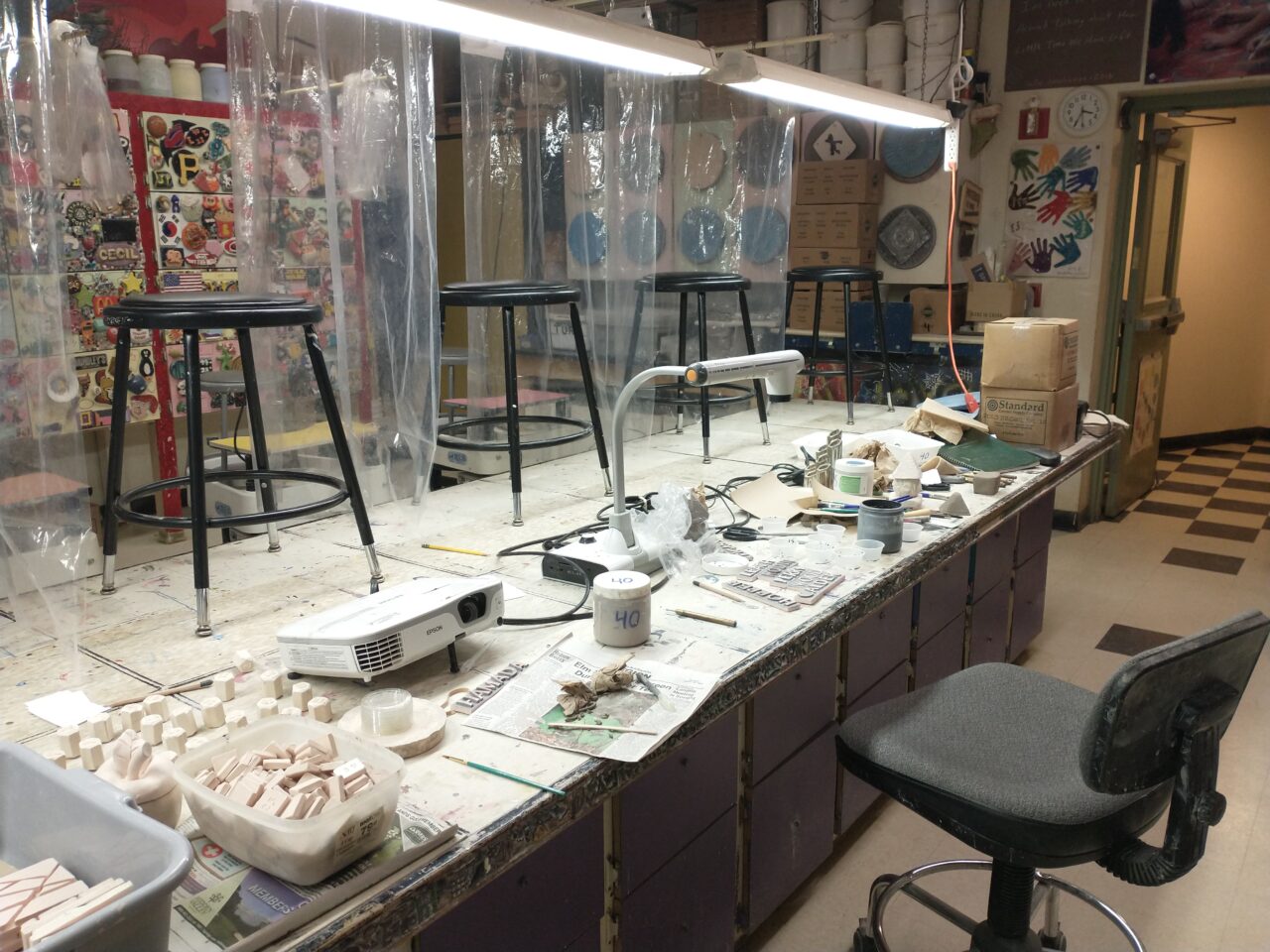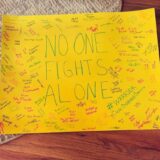Through his 22 years teaching at Linsly, Mr. Guy Gellner of the Fine Arts Department has taught hundreds of students in beginning and advanced ceramics courses. As Linsly and other private school locations across America suddenly went into virtual learning during the second nine weeks of 2020-2021 school year due to COVID-19, and many art classes were forced to become less engaged, Mr. Gellner, however, was prepared with an engaging online curriculum for courses that had perhaps previously required more in-person instruction and hands-on engagement than any other at Linsly.
Designing the hands-on course as an online class was an intricate process. “The biggest issue was that almost every student had a different situation when it came to having consistent access to the internet, supplies and permanent housing,” stated Gellner. He also had to focus on creating lessons that would keep as many students engaged as possible, a difficult task given online learning mechanics.
While it took the teacher many years to develop the normal ceramics curriculum, and countless extra hours creating example pieces for projects and firing students’ work in the kiln, Gellner’s steps for online teaching were even more in depth. In addition to his normal prep work of ordering clays and glazes and repairing tools, Gellner made sure his students were prepared if Linsly was forced to go into online teaching again.
Describing his process, he said, “ …This past summer I put together 40 personal toolboxes that included over 50 necessary tools to complete each of the projects planned. Each student was also given a box of prepared clay slabs and lumps.” Additionally, Gellner kept his students engaged by creating extensive instructional guides for projects and individually critiquing each piece students finished.
A big help to his efforts in executing these online course plans last semester, according to Mr. Gellner, was Linsly’s Fine Art Department and Mrs. Cara Gregory in assisting with his technological needs. Defining the teachers of the department as a close group, he stated “Everyone is very supportive of one another and I owe a lot of thanks to them.”
With much more exposure to ceramics than the average person, Gellner is ready to adapt and can see the bright side in sudden changes. In regards to a potential mistake in making a vessel, he stated “ …It is really just an opportunity for them to think of something that they have never thought of before.” As being ready and open to make changes and adapt plans is one of the core principles of ceramics, the sudden derailing of plans brought by the spread of COVID-19 and its consequences, while of course discouraging, was simpler for Gellner to face with an open mind.
Overall, Gellner’s devotion to teaching ceramics is immense. Addressing his favorite parts of teaching, he said, “People are vessels also… Helping a student realize they have the power to bring value into the world from a formless lump of mud is important.”



